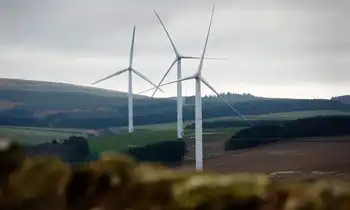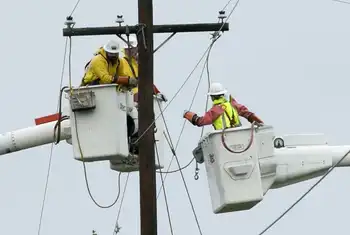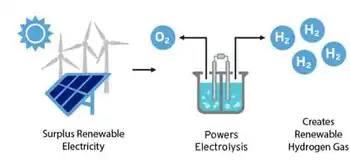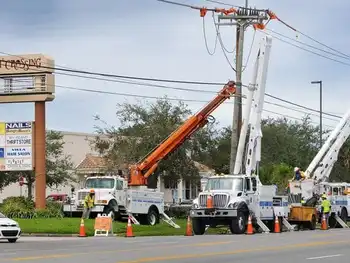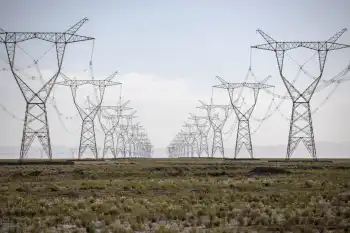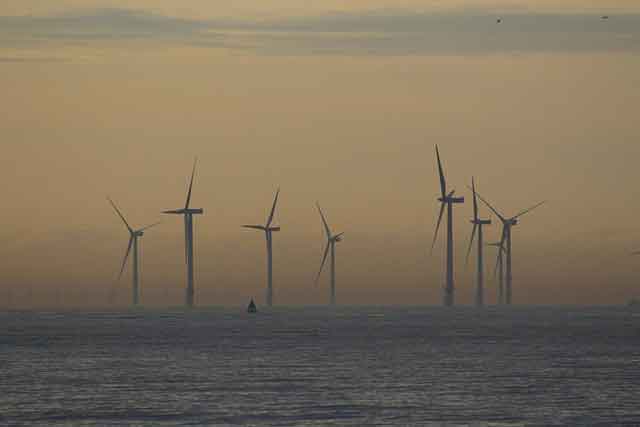Saudi Arabia to double generation by 2020
By Industrial Info Resources
High Voltage Maintenance Training Online
Our customized live online or in‑person group training can be delivered to your staff at your location.

- Live Online
- 12 hours Instructor-led
- Group Training Available
Power generation will need more than $90 billion, which will encompass the 2020 target of doubling the country's current generating capacity of 29,100 megawatts (MW) by the addition of 30,000 MW. This major increase must be achieved within the parameters of economic and environmental sustainability, which will be topics at the annual Saudi Water & Power Forum in November in Jeddah.
The prospects for independent power producers and technological innovations in partnership with international partners will also be in focus. Additional power supply of 2,000 MW annually will be needed as demand for power and fresh water is forecast to increase at a rate of 7% per year.
The King Fahd University of Petroleum & Minerals forecasts that by 2032, demand could push power consumption to 140,000 MW, which means that new projects would have to provide more than double the 60,000 MW targeted for 2020. In the current phase of power sector expansion, the state's Saudi Electricity Company (Riyadh) will invest $26 billion in power generation and transmission projects. The government is studying a plan that would see the national grid interconnecting all of the country's provinces by 2011.
Saudi Electricity currently has more than 4,000 MW of new projects under approval in addition to several additions and expansions to the power infrastructure. The Electricity and Cogeneration Regulatory Authority has started a comprehensive plan to move the power sector to a competitive market based on supply and demand.
Although Saudi Electricity had its largest loss in four years in the first quarter of 2008, caused by a decline in sales and the impact of inflation on operating costs, the high ratings given to its security standing will enable it to raise the capital needed to move forward with its investment strategy. The first and fourth quarters of the year are traditional down periods for the company when lower temperatures reduce consumption by air conditioners, which represent 70% of overall sales.





